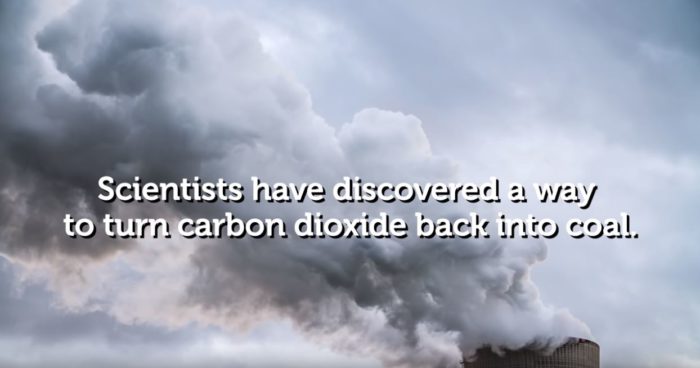News
3D printing bone tissue
Jun 28 2022
Researchers at the ARC Centre of Excellence for Electromaterials Science (ACES) are part of a world-first project to turn carbon dioxide back into solid coal using liquid metals, that could revolutionise our ability to permanently remove greenhouse gas from the earth’s atmosphere.

The team from our Monash University and University of Wollongong nodes collaborated with a number of universities in Australia (RMIT, UNSW, QUT), Germany (University of Munster), China (Nanjing University of Aeronautics and Astronautics), the US (North Carolina State University), and the ARC Centre for Future Low-Energy Electronics (FLEET) on the paper that was published in Nature Communications this week.
The paper outlines a new technique developed by the team that can efficiently convert CO2 from a gas into solid particles of carbon.
Current technologies for carbon capture and storage aim to compress CO2 into liquid form for injection underground, however a number of economic and engineering challenges including potential leaks back into the atmosphere have hampered this process.
To overcome these concerns, the team set out to investigate the potential of liquid metals as a catalyst to transform CO2 from a gas into a solid product that can stored without issues posed by current carbon capture methods.
ACES Chief Investigator Professor Doug MacFarlane said the team decided to design a reduction electrocatalyst that can work at room temperature to improve carbon capture efficiencies and open up new avenues for permanent storage of carbon dioxide from the earth’s atmosphere.
“We faced a number of challenges in developing our catalyst, as CO2 is a remarkably stable molecule, and many products that could form would cause damage to the catalyst’s surface in a process known as coking,” Doug said.
“Our liquid metal catalyst is resistant towards this coking process, it remains liquid at room temperature avoiding the need to use high temperatures, it provides great conductivity, and it is capable of dissolving most other metallic elements at concentrations suitable for catalysts.
“This has allowed us to develop an efficient and environmentally friendly process to convert CO2 to a solid product for capture, as a real step forward towards negative carbon emission technologies.”
The research is certainly making waves, having already attracted comment in Sciencemag.org.
RMIT researcher and former ACES PhD student Dr Torben Daeneke said converting CO2 into a solid could be a more sustainable approach for carbon capture and storage.
“While we can’t literally turn back time, turning carbon dioxide back into coal and burying it back in the ground is a bit like rewinding the emissions clock,” Torben said.
“To date, CO2 has only been converted into a solid at extremely high temperatures, making it industrially unviable.
“By using liquid metals as a catalyst, we’ve shown it’s possible to turn the gas back into carbon at room temperature, in a process that’s efficient and scalable.”
Lead author and ACES Associate Investigator at RMIT, Dr Dorna Esrafilzadeh, developed the electrochemical technique to capture and convert atmospheric CO2 to storable solid carbon. To convert CO2, the researchers designed a liquid metal catalyst with specific surface properties that made it extremely efficient at conducting electricity while chemically activating the surface.
Dorna said the carbon produced could also be used as an electrode.
“A side benefit of the process is that the carbon can hold electrical charge, becoming a supercapacitor, so it could potentially be used as a component in future vehicles,” Dorna said.
The ACES team includes Prof David Officer, Prof Gordon Wallace and ACES PhD student Jaecheol Choi from UOW, Prof Doug MacFarlane from Monash, ACES Associate Investigators and former ACES PhD students Dr Dorna Esrafilzadeh, Dr Rouhollah Jalili and Dr Torben Daeneke.
Check out more on this exciting breakthrough on the RMIT website.













